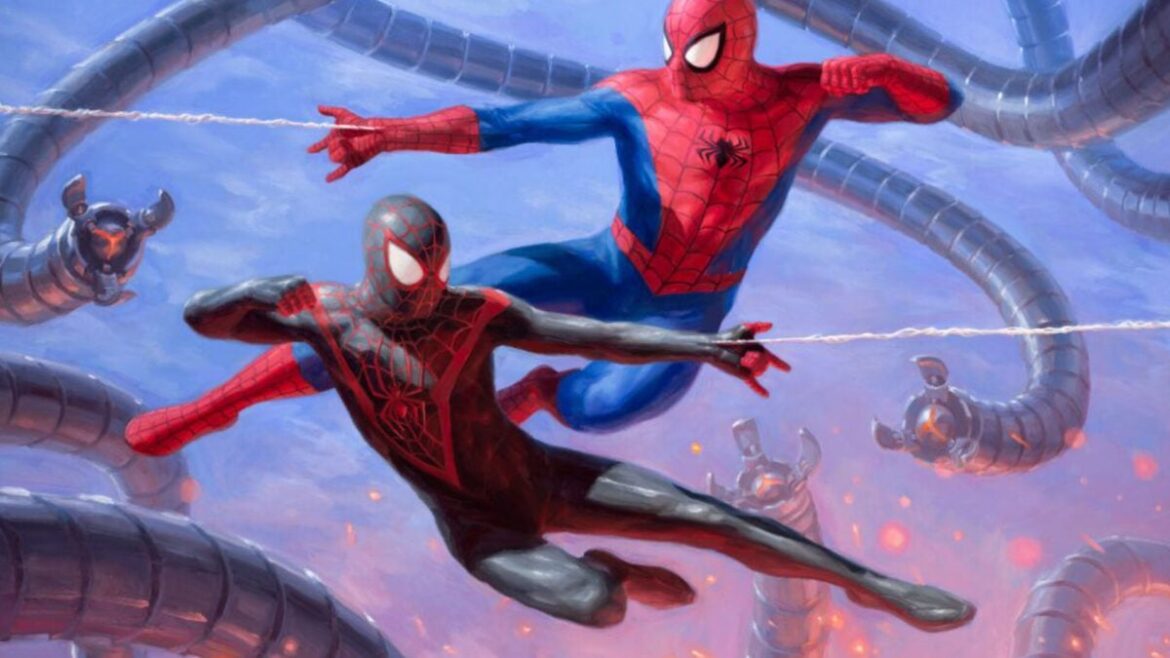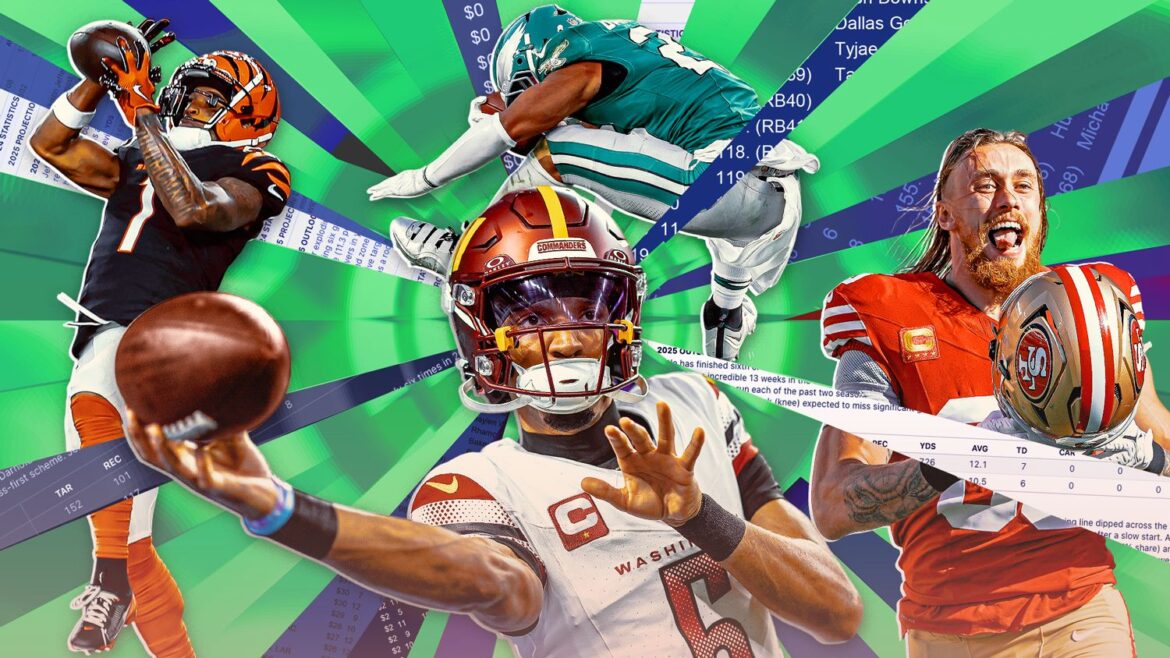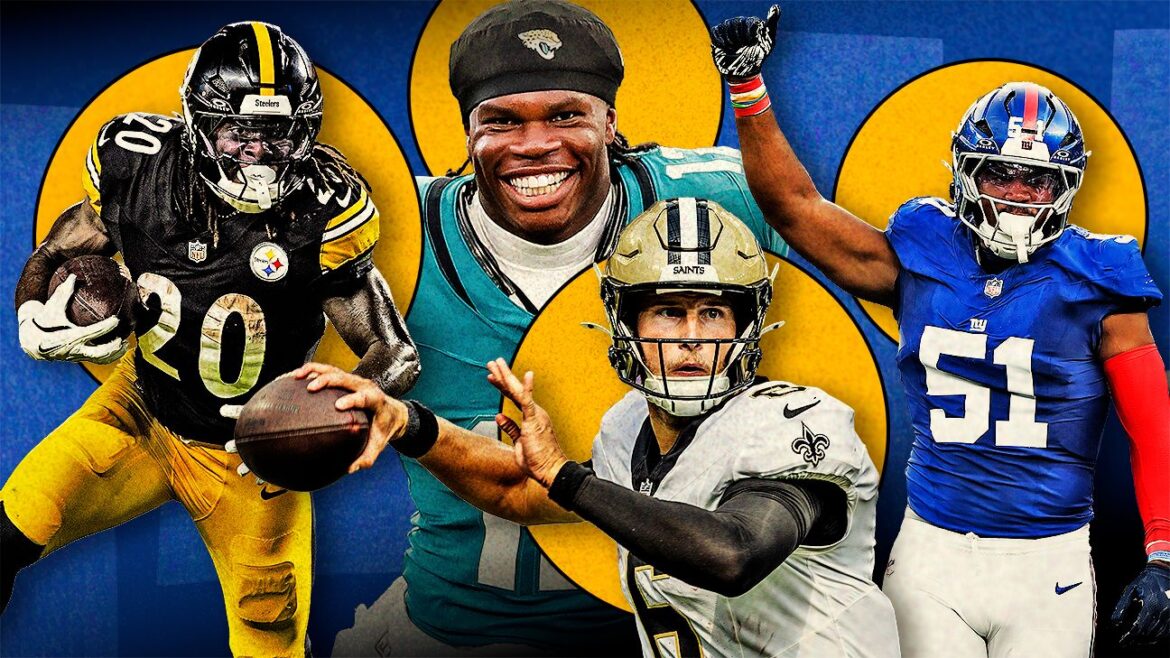The Australian treasury revealed a new draft proposal for crypto firms in the country, requiring them to hold licenses and be treated as financial products.
The proposal would require crypto firms to hold financial service licenses, effectively bringing them under the wing of the country’s securities regulator, Australian Securities and Investments Commission (ASIC).
Digital asset platforms (DAPs) and tokenized custody platforms (TCPs) will fall under the same bracket as other financial intermediaries, and subject to the same licensing and consumer protection rules.
Daniel Mulino, assistant treasurer, revealed the draft legislation on Thursday. Mulino explained that the plan is to bring crypto under existing financial services rules.
“The final legislation will introduce a new framework for digital asset businesses in Australia. It will do so by extending existing financial services laws but in a targeted way,” Mulino said.
The treasury has opened the draft legislation for consultation. The consultation window is open until Oct. 24, 2025.






